Laid down 21 October 1941 Construction started 21 October 1941 Length 91 m Part of 2nd Escort Group | Namesake Starling Completed 1 April 1943 Fate Broken up July 1965 Launched 14 October 1942 Draft 3.4 m | |
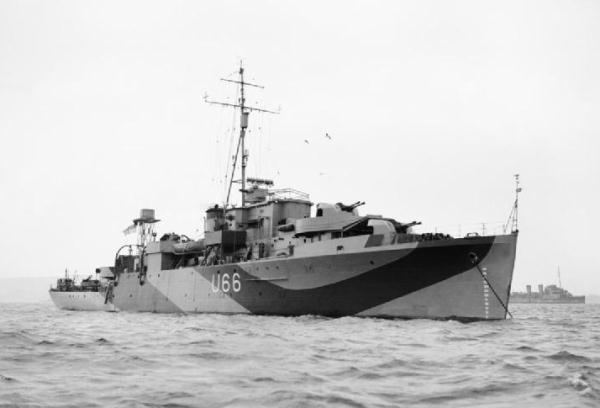 | ||
Operations Battle of the Atlantic, Arctic convoys of World War II, Normandy landings Similar Amethyst Incident, HMS Pheasant (U49), HMS Wren (U28) | ||
HMS Starling, pennant number U66, was a Modified Black Swan-class sloop of the Royal Navy. She was built by Fairfield Shipbuilding and Engineering Company at Govan, Scotland, launched on 14 October 1942, and commissioned on 1 April 1943.
Contents
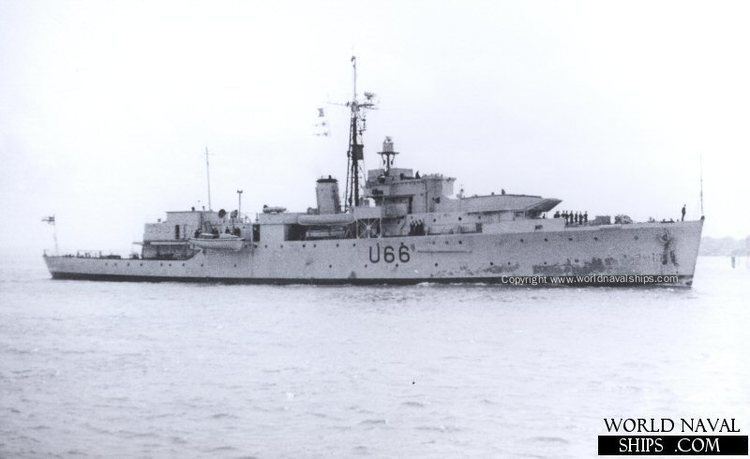
In the Battle of the Atlantic in World War II, Starling was the flagship of Captain Frederic John Walker's 2nd Support Group, a flotilla of six sloops not tied down to convoy protection, but free to hunt down U-boats wherever found. The other ships of the group were Cygnet, Kite, Wild Goose, Woodpecker, and Wren.
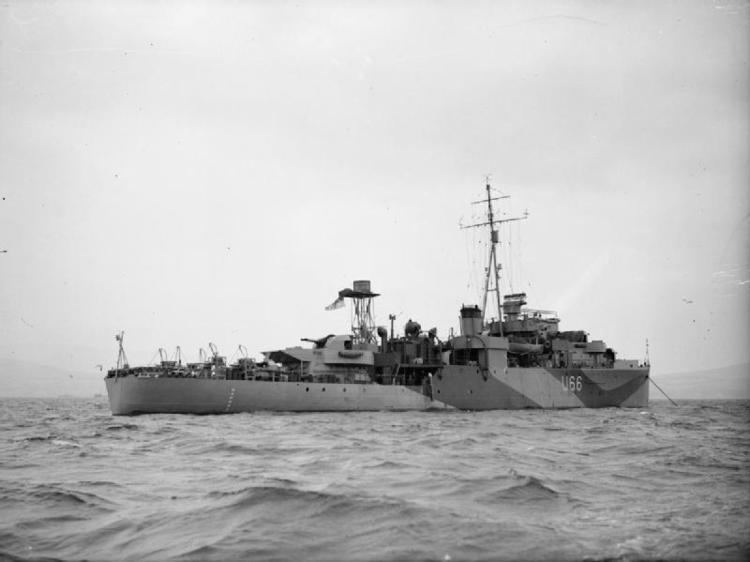
Starling was scrapped in 1965.
Combat record against U-boats
Starling participated in the sinking of fourteen U-boats:
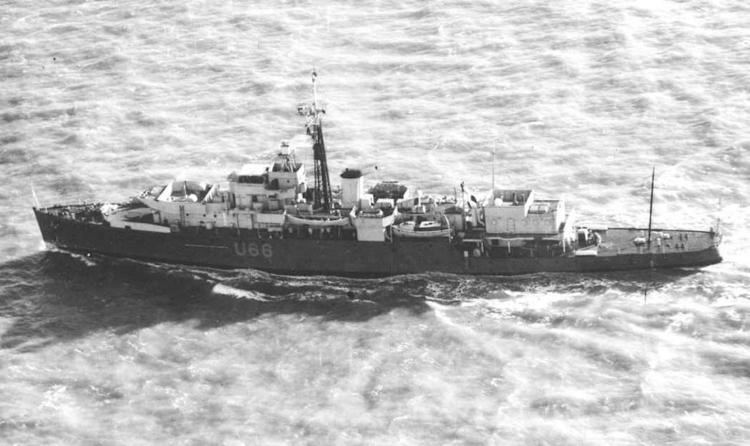
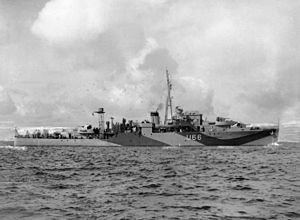
During the war the Starling was credited, along with the sloops Amethyst, Peacock, Hart, and frigate Loch Craggie, with sinking the U-482 in the North Channel on 16 January 1945. The British Admiralty withdrew this credit in a post-war reassessment.
Post-war service
In 1953 she took part in the Fleet Review to celebrate the Coronation of Queen Elizabeth II.
She was modified to a Navigation training ship in support of Navigators training at HMS Dryad. During her last year in commission she visited the Norwegian fjords and the U-boat base at Kiel. Her final voyage was a call at Bootle Liverpool to attend a farewell celebration provided by the local authority and Captain Walker's widow took passage on the final sailing from Bootle to Portsmouth where she paid off.
She was subsequently placed on the disposal list and arrived at Lacmots, Queenborough for scrapping on 6 July 1965.
